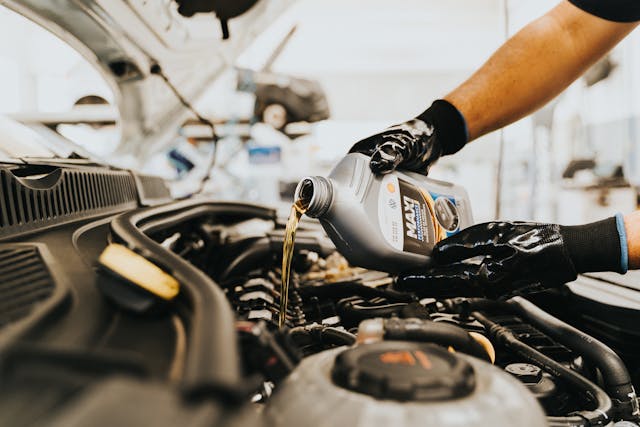
A Step-by-Step Guide to Changing Your Car’s Oil at Home
Introduction
Regular oil changes are crucial for maintaining your vehicle’s engine health and longevity. While many people opt for professional services, changing your car’s oil at home can save you money and give you a sense of satisfaction. This guide will walk you through the process, providing tips and safety precautions along the way.
Tools and Materials Needed
Before you begin, gather the following items:
- Wrench set
- New oil filter (compatible with your vehicle)
- High-quality motor oil (consult your owner’s manual for the recommended type and quantity)
- Oil filter wrench
- Oil pan or drain container
- Funnel
- Gloves and safety glasses
Preparation
To prepare your car for an oil change:
- Park on a flat, level surface and engage the parking brake.
- Run the engine for a few minutes to warm the oil, making it easier to drain.
- Turn off the engine and allow it to cool for a few minutes to avoid burns.
- Locate the oil drain plug and filter (consult your owner’s manual if needed).
Draining the Old Oil
- Position the oil pan beneath the drain plug.
- Using the appropriate wrench, loosen and remove the drain plug, allowing the oil to flow into the pan.
- Let the oil drain completely, which may take several minutes.
- Replace the drain plug and tighten it securely.
Replacing the Oil Filter
- Using the oil filter wrench, loosen and remove the old filter.
- Clean the filter mounting area on the engine with a clean rag.
- Apply a light coating of new oil to the rubber seal on the new filter.
- Screw on the new filter by hand, ensuring a snug fit. Avoid over-tightening.
Adding New Oil
- Locate the oil fill cap on the engine and remove it.
- Using a funnel, pour the new oil into the engine. Consult your owner’s manual for the proper amount.
- Replace the fill cap and run the engine for a minute to circulate the new oil.
- Check the oil level using the dipstick, adding more if needed.
Clean Up and Disposal
- Wipe up any spills or drips with a clean rag.
- Pour the old oil from the pan into a sealable container for proper disposal.
- Many auto parts stores and service stations accept used oil for recycling.
- Dispose of the old filter according to local regulations.
Final Checks and Testing
- Start the engine and let it run for a few minutes.
- Check for any leaks around the drain plug and filter.
- Turn off the engine and recheck the oil level, topping up if necessary.
- Reset the oil change reminder light or sticker, if applicable.
Conclusion
Changing your own oil can be a rewarding experience that saves you money and helps you better understand your vehicle. By following these steps and adhering to safety precautions, you can ensure your car’s engine remains in top condition.
Safety Tips
- Always wear gloves and safety glasses when working with motor oil.
- Use jack stands if you need to raise your vehicle for better access.
- Never work on a hot engine to avoid burns.
- Properly dispose of used oil and filters to protect the environment.
- If unsure about any step, consult a professional mechanic for guidance.
By taking an active role in your car’s maintenance, you’ll develop a deeper appreciation for your vehicle and enjoy the satisfaction of a job well done.